Cold Wind off the Pole

I never thought I would come to love the howling icy Arctic wind. But it has one big advantage: It blows the mosquitoes away. It’s Sunday morning, and I came outside to drink my tea, since somebody had left windows open and there seemed to be more “grozzies” inside than out. Now a stormy wind has blown up, the strongest I’ve felt here so far, whipping up the dirt all around, lashing the station flags and sending the little weather station spinning crazy. I’m on the sheltered side of the hut, but it would be tough going along the mountain ridges at the moment.
I’m hoping it will reduce to moderate but keep blowing in time for today’s expeditions. Things are starting to blow around, I will have to retreat indoors. So far only the girls are up, except Lone. Sunday is the one day the cook gets off and can have a lie-in. Everybody else can do the same, except Julie. She has to go down to the river and check up on water levels, sediment content etc. at 8 every morning. Sarah is also on the go. She’s made her sandwiches to take down to her plots, where she is hoping to spend most of the day. But in this wind, she won’t be able to work there. Once since she’s been here, they had a storm like this all night, she tells me.
Sarah is measuring the respiration and photosynthesis of controlled plots between the station and the Sound. She waters some every week, to simulate the effect of the increased precipitation that is forecast to become normal in this region as the climate changes. The results will go into her Master’s thesis for Uni in Copenhagen. She has measurements taken here over the last 10 years to compare with. I visited Sarah to see how she works, down at the plots last night.

I’m going to go to the methane monitors with Julie again for some special measurements today. But first she has to bring in the co2 monitor, which is still playing up. She’s going to take it apart in the lab. You are very far away from anywhere here if anything goes wrong.
Meanwhile Philip, our logistics expert, has succeeded in repairing the back-up generator, which had somehow blown. This is a separate machine which can give the station emergency power in the event of a fire or other incident in the main generator hut. We certainly don’t need power for light at this time, most of the time we’re even ok for heat. But imagine what would happen to the electronic equipment and all those frozen biological samples of all sorts (!) – if we had no electricity for the fridges and freezers (not to mention the food supplies)…
Pathology in the field and intelligent “toy boats”
The ecological monitoring programme here is absolutely huge. They monitor more than 1500 physical and biological parameters, collecting a huge amount of data, which is all made available to anyone working on any of the aspects involved. The idea is to get as wide and complete a picture as possible of a high Arctic ecosystem against the background of a changing climate.
There is not much they don’t monitor here. Rocks on hilltops are marked with paint and the state of the paint checked to see the effect of wind abrasion. There are cameras and sensors installed in almost inaccessible places. And the team needs to know everything about all the creatures on their “census list”. So when Lars and I came across the remains of a deceased musk-ox on our walk (did I already say our scientific chief could win any Scottish hill-running race?) to count the living population, he had to get the surgical implements out of his pack and record the details.

In the cold Arctic climate, dead creatures are well preserved for a long time – apart from the meat, which provides a feast for foxes, birds and the odd Arctic wolf. Whenever a musk ox carcass is found, it is marked and registered. Our fellow (yes, Lars can tell, see above) had not been discovered previously. The site was slightly smelly, but not too bad.
This was my chance to get a very close look at the anatomy of a musk ox. They have beautiful fur (they leave fluffy samples all over Zackenberg valley) and surprisingly fine white teeth that would delight any dentist. The skeleton (well cleaned by the foxes) shows their extremely strong neck – they fight each other with their heads. Lars extracted a piece of skin with hair from the head, which still had tissue on it. He thinks it’s a bit tough for scavengers. Then he got out his knife and sawed through a bone to check the state of the bone marrow.
The samples are examined by specialists back in Denmark. Lars wasn’t able to say anything about the cause or exact time of death. (Maybe I’ve been reading too many murder mysteries). The Arctic wolf is the only predator that would be strong enough to take a musk ox. But there is no evidence that wolfie was the culprit here. Maybe our fluffy skeleton just died of completely “natural” causes.
Back at the station, Julie and Tower (our 2nd logistician, named for his height – 2 metres) were down at the river Zackenbergelven, apparently playing with a remote-controlled boat, Actually, they are measuring the flow, sediment and nutrient content. They do this by means of a small, yellow boat attached to an overhead wire. They move it a little at a time and Julie gets the measurements taken by its sensors on her hand-held device.

The river is flowing very fast now, with glacier and snow melt. This means we can’t cross it, which has to be done in a rubber dingy attached to a stronger set of overhead cables. You have to pull yourself across in the boat. I’m told it requires considerable skill and strength not to fall in, which is a dangerous business with the cold and the current. “We would have to come and rescue you Irene”, says Philip, “and we are very busy at the moment”. Do I sense a lack of confidence in my muscle-power?




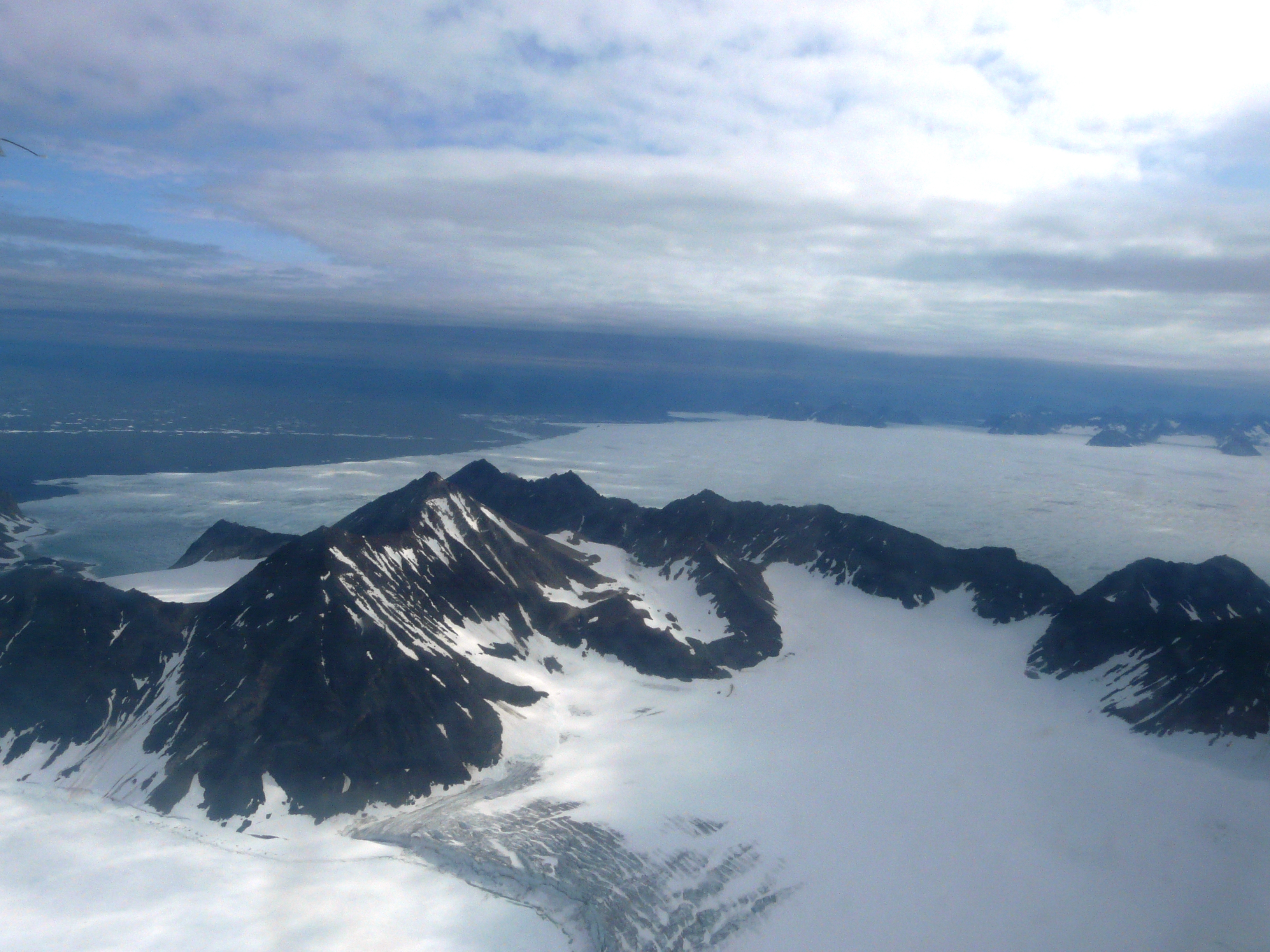
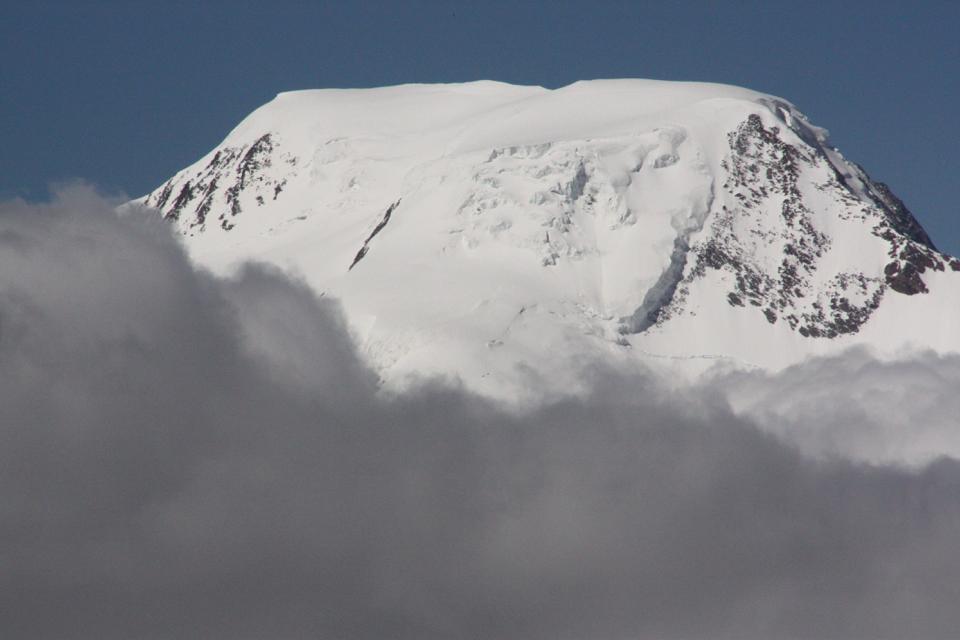
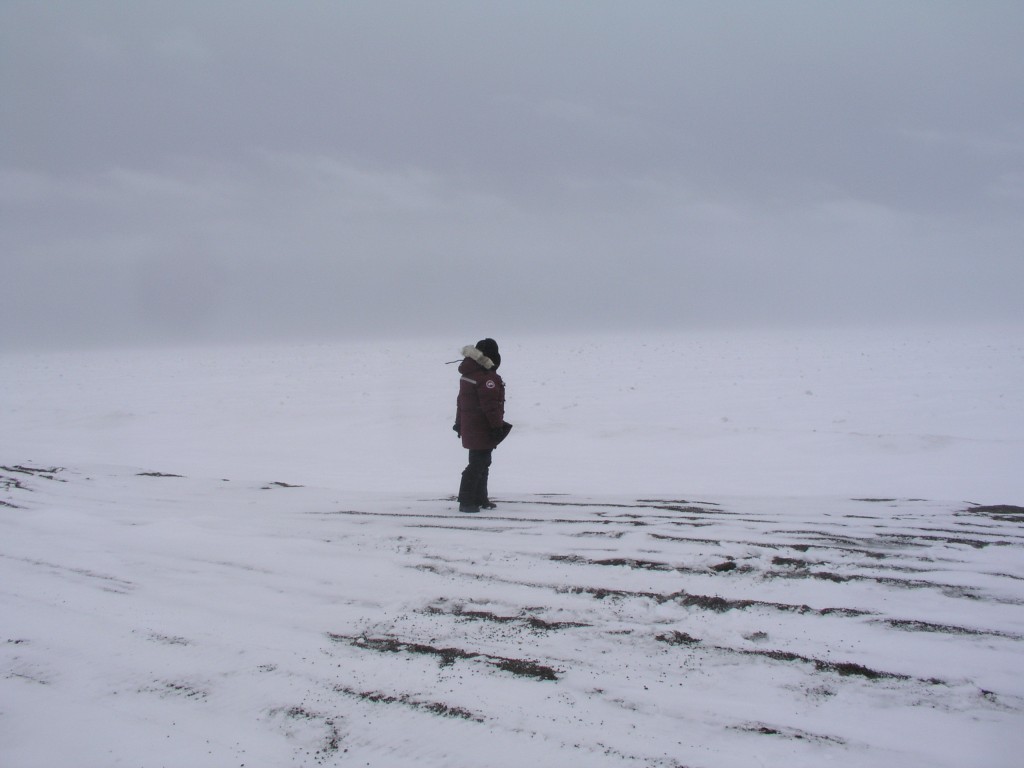
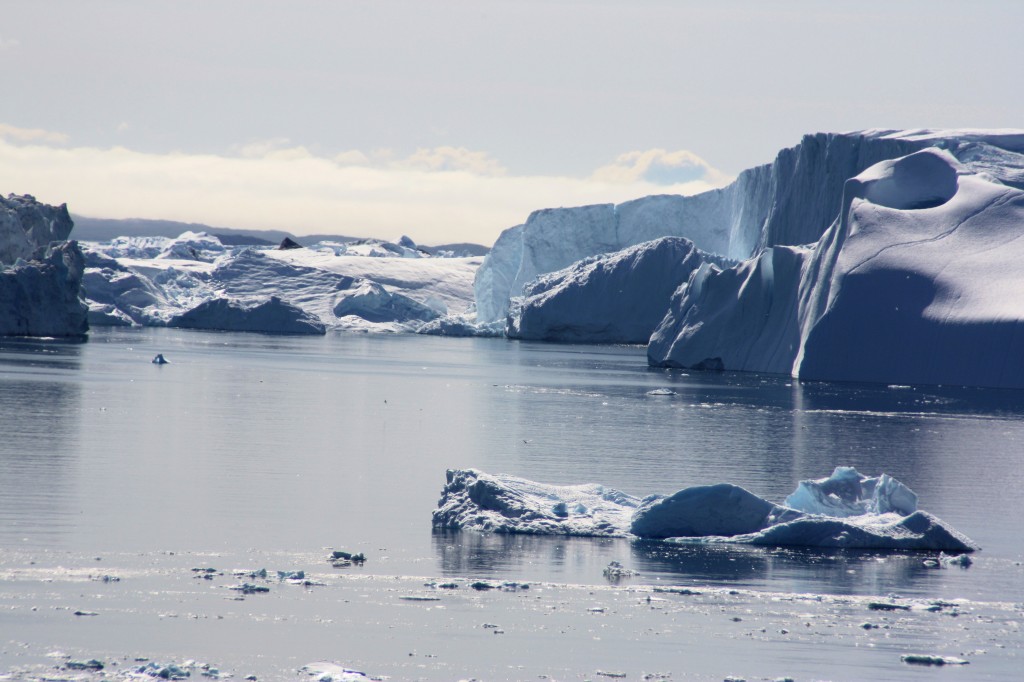
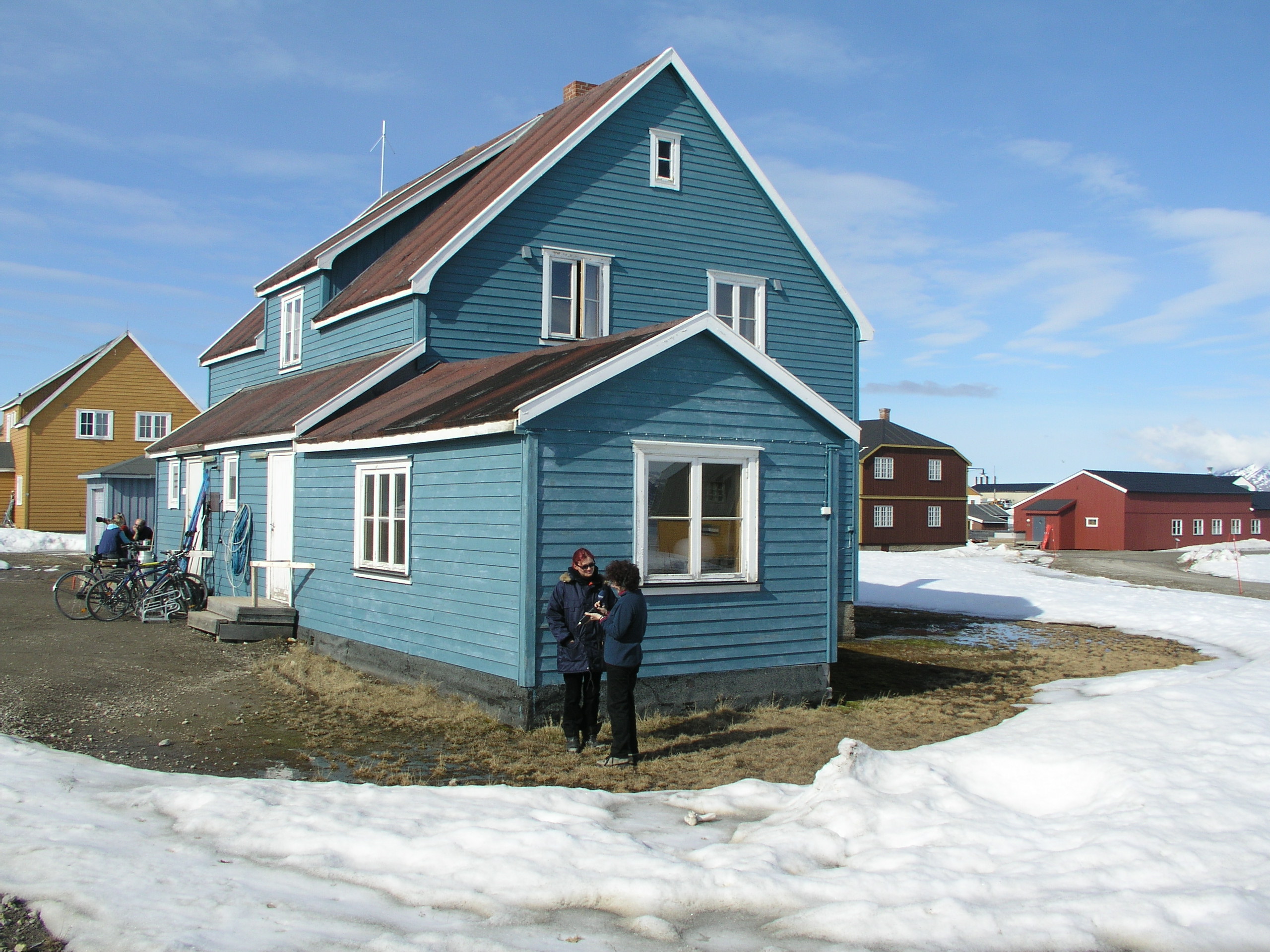
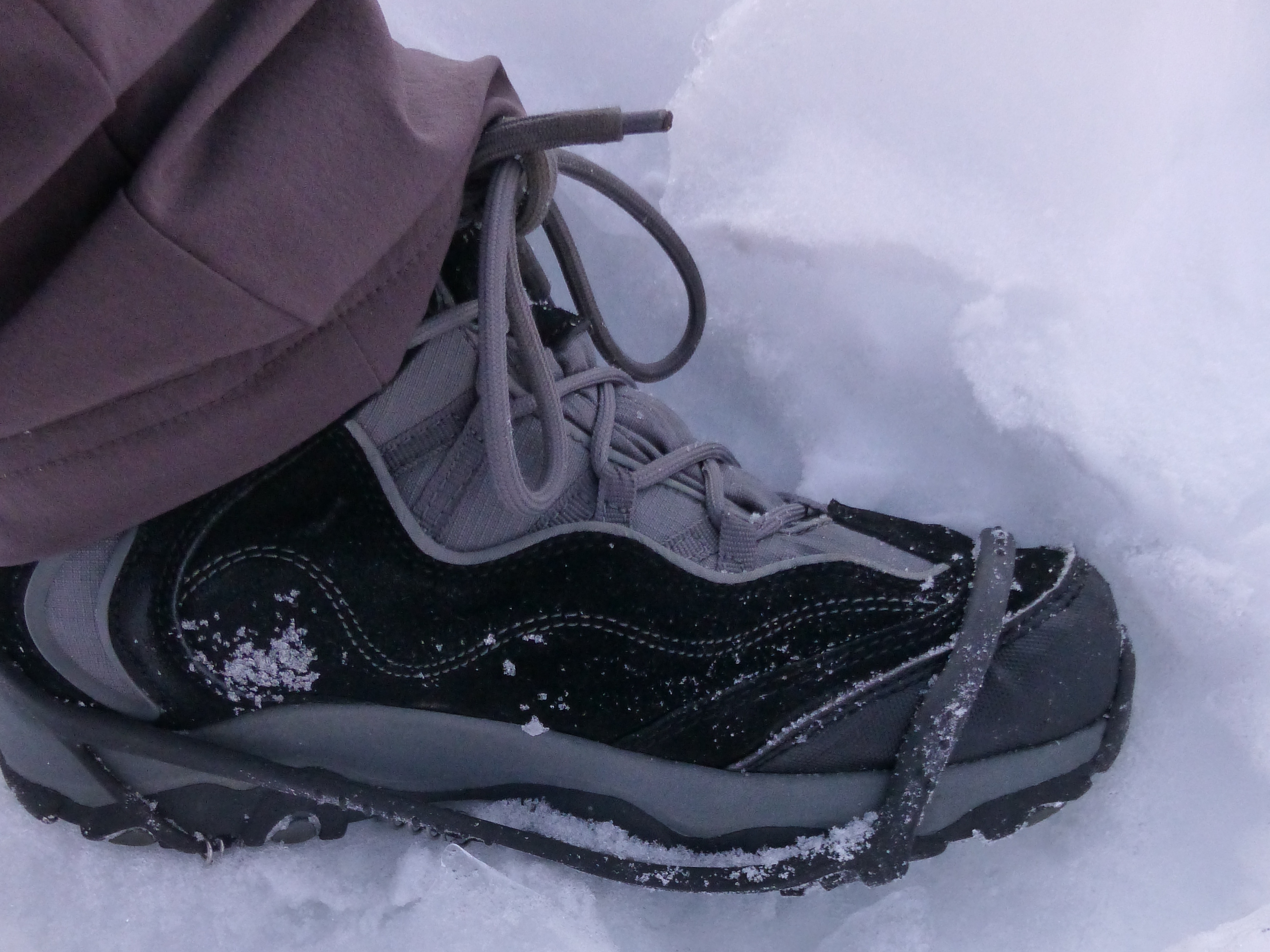
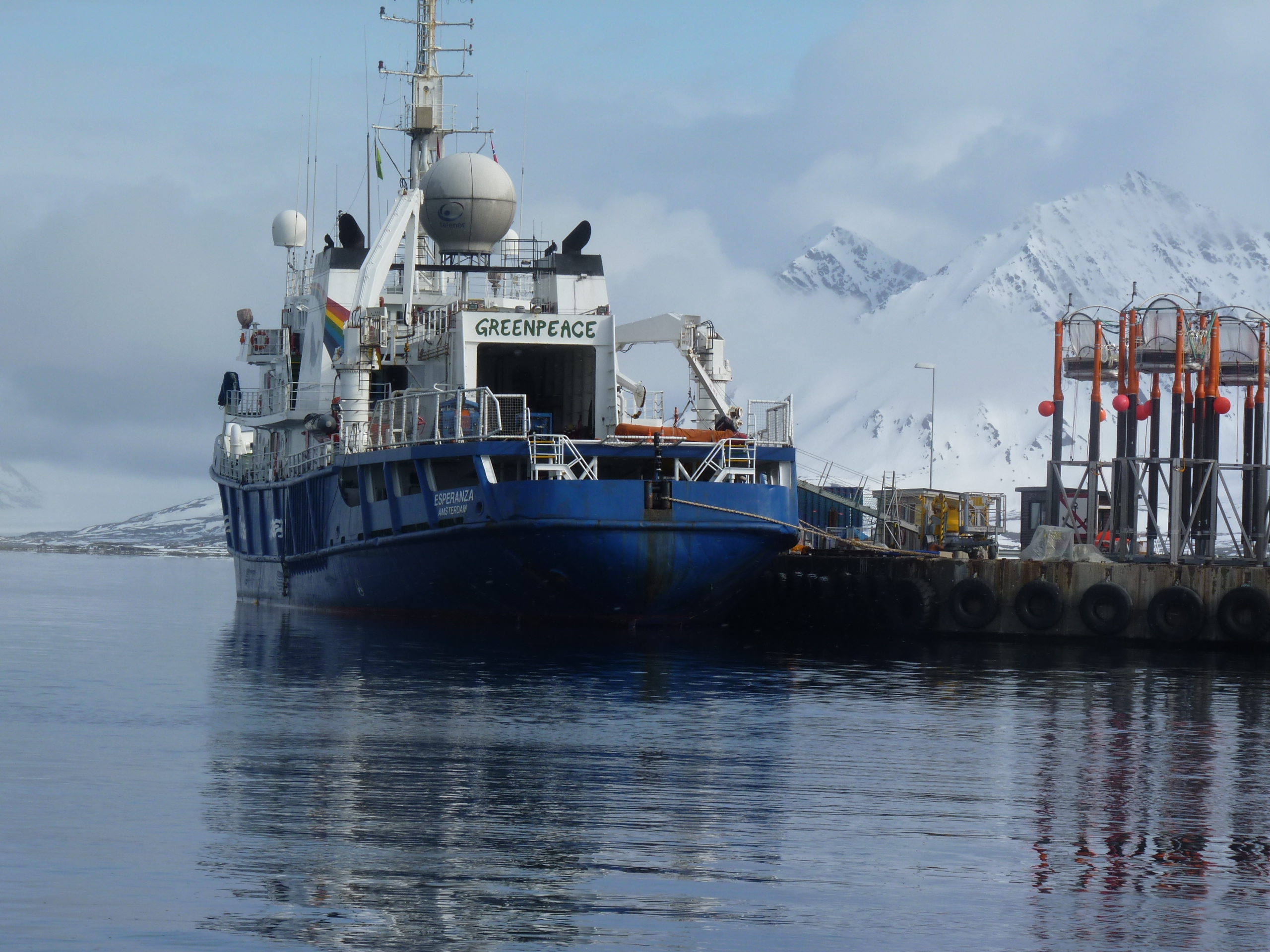
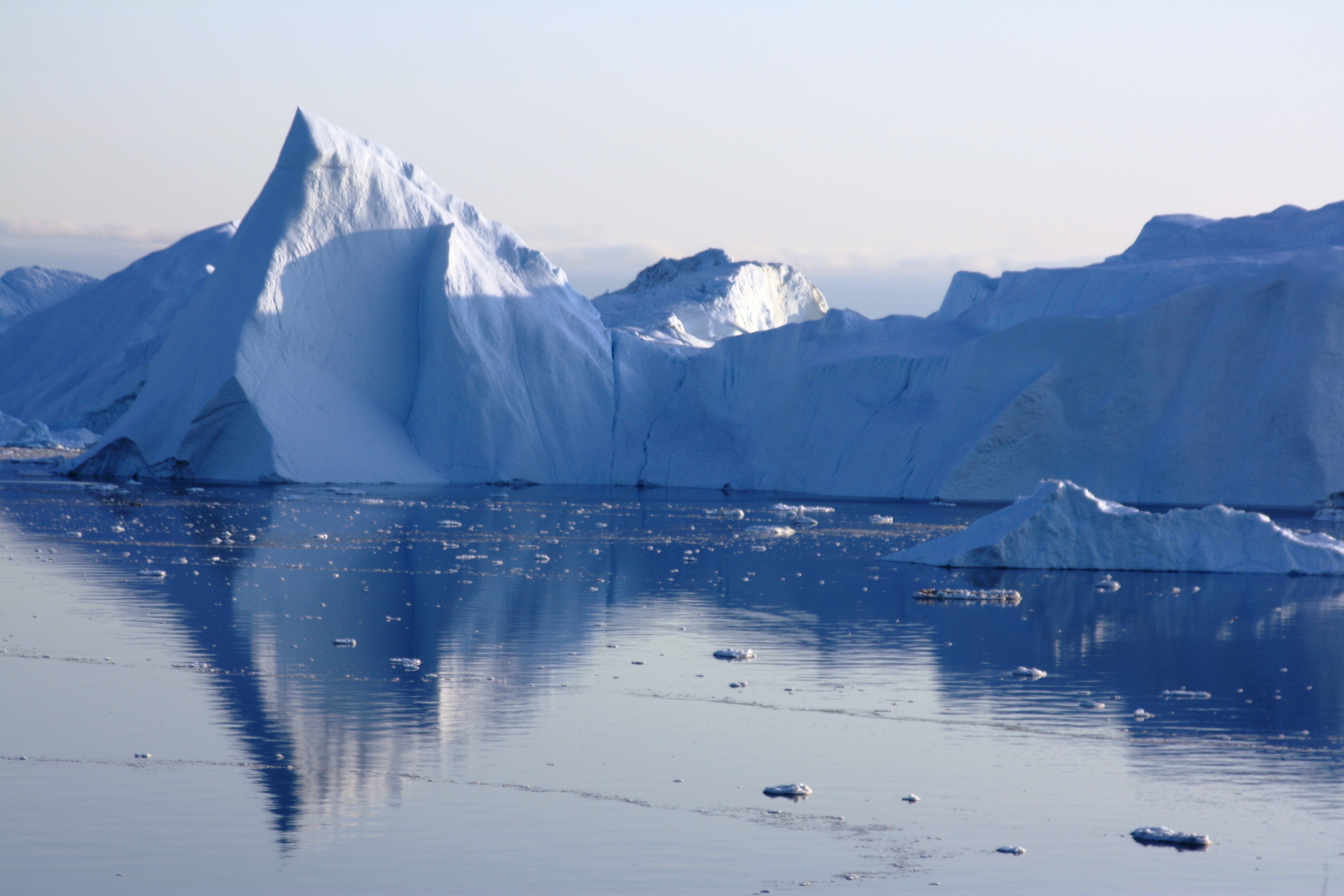
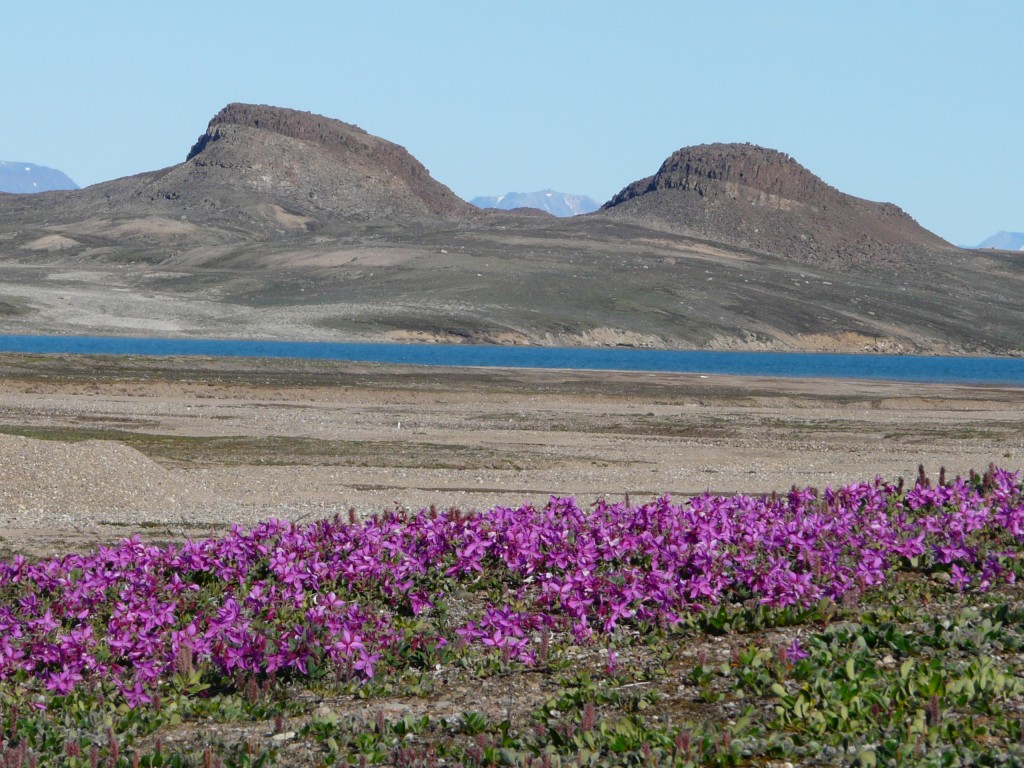
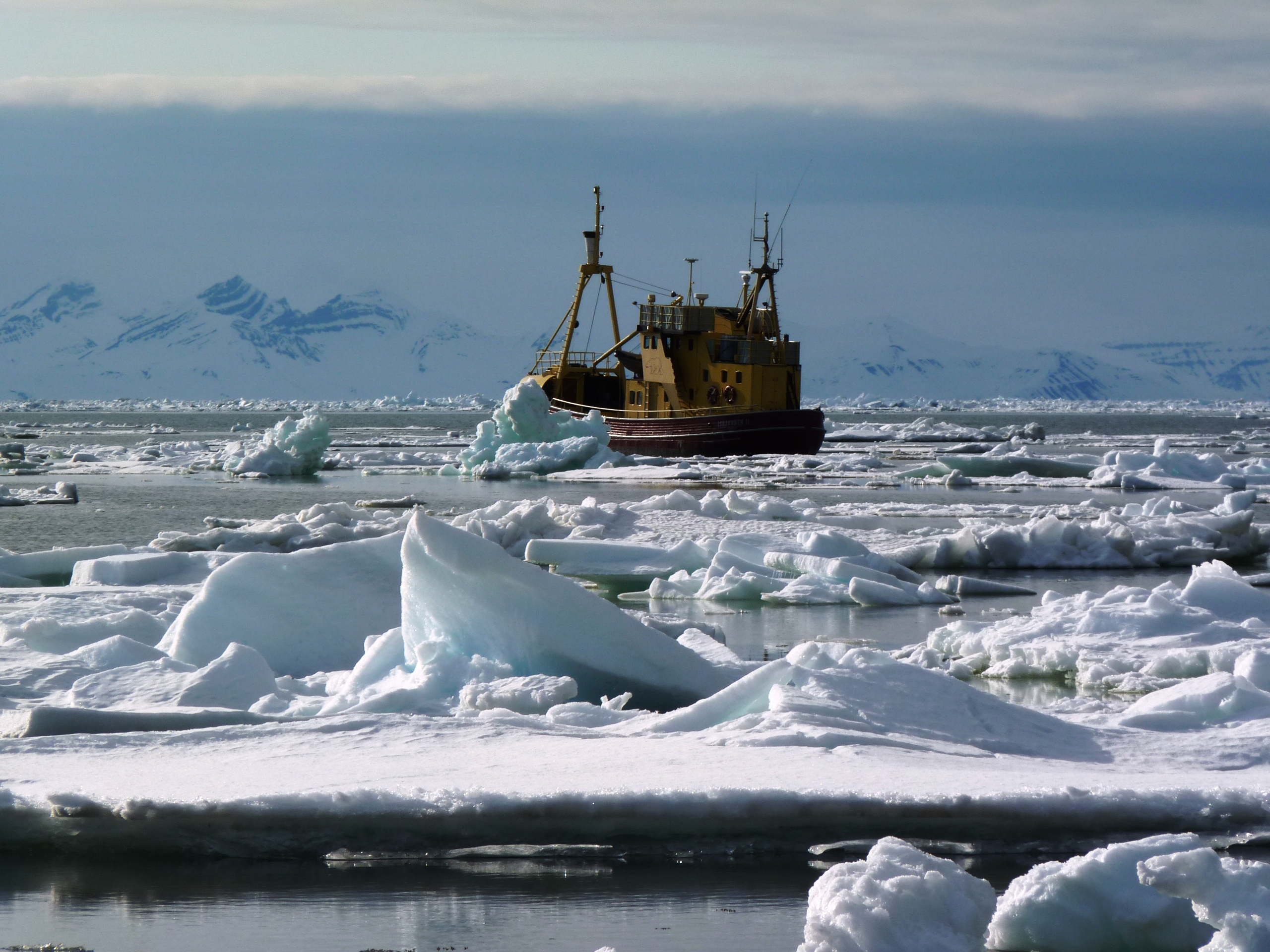
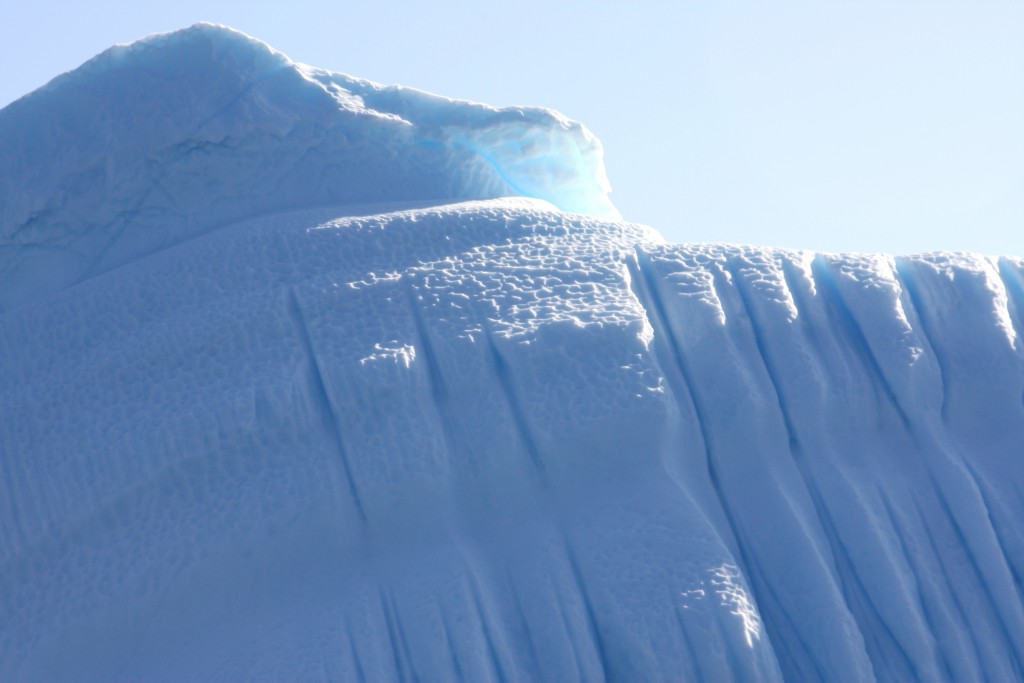

Feedback